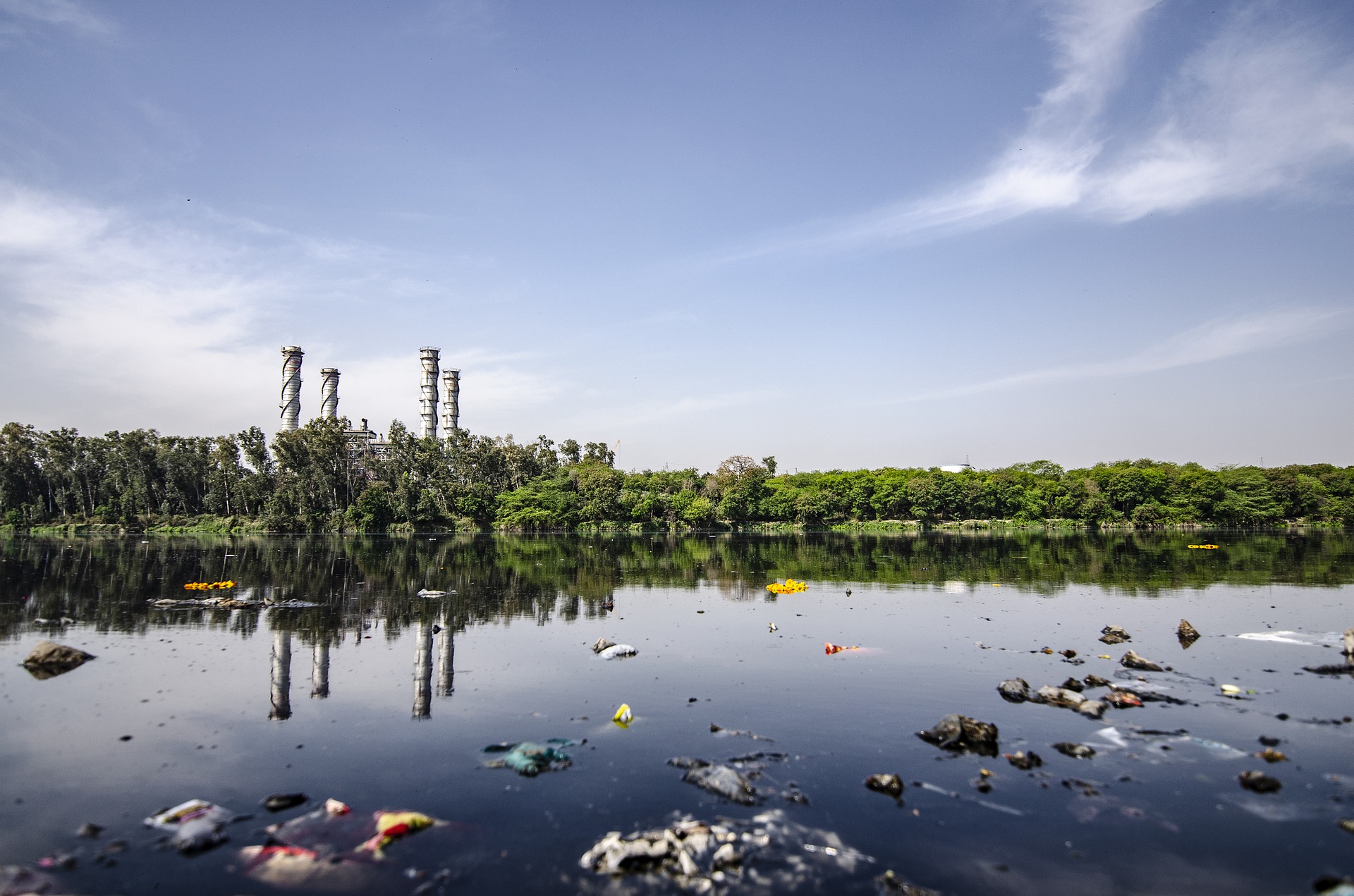By Mitriy Krause, Associate Researcher & Writer for Save The Water™ | July 18, 2022
Clothing is a way to express ourselves. It’s a way to feel comfortable or confident. Sadly, our style choices have a price.
Water pollution from the fashion industry is a serious problem. The fashion industry creates as much as 20% of industrial water pollution.
Countries that make the most clothing:
- China
- Bangladesh
- Vietnam
Countries that buy the most clothing:
- United States
- Japan
- United Kingdom
A lot of our clothes are made in Asia. Many of the countries that buy the most clothing are in North America or Europe. These places are far from each other, so not everyone knows there’s a problem.
The Problem With the Fashion Industry
Making clothes uses a lot of water. Water raises the crops that are woven into clothes. Suppliers also use water to create synthetic materials. Then, factories dye or treat these fabrics to look and feel a certain way. That process also uses water.
- Making a single t-shirt requires 2,700 liters of water.
The process contaminates the water used. Sadly, most of it doesn’t get filtered before returning to water systems. Many brands who profit from this pollution cycle don’t know that there’s a problem. Even worse, some deny the problem completely.
What Makes the Fashion Industry So Bad?
Synthetic dyes color the clothes we wear. Artificial chemicals, not natural materials, create these dyes. The fabric requires an initial wash to drain the excess. But where does that excess dye go? Into local water sources.
Rivers, lakes, and ponds get dyed, too. Color isn’t the only thing these dyes release into the water. Chemical dyes are toxic, and they kill marine life. Moreover, they make it unsafe for residents to drink the local water.
Clothing made from synthetic materials also releases microfibers. Microfibers from manmade fabrics don’t degrade–they stay in the water. The only way to remove them is advanced filtration. However, the fashion industry focuses on making as much product as possible at low costs. It rarely prioritizes filtering wastewater.
Many countries that make clothing are economically developing nations. Their governments hesitate to slow business that brings in money. Meanwhile, locals can’t escape pollution from the fashion industry.
How Did Things End Up This Way?
In the past few decades, the fashion industry has focused solely on output. In doing so, it takes shortcuts that result in water pollution problems, among others.
Many fashion brands have been using cheaper fabrics. One of these fabrics is viscose, also known as rayon.
Producing rayon uses a lot of chemicals. The runoff from the chemical treatment pollutes water, and even air. This water pollution kills marine life and raises the risk of disease for locals.
Fashion brands usually outsource labor. This is both for cheaper production costs, and also to avoid blame. They contract other companies to produce their clothing for them. Then, the fashion brands claim to have no power to manage water pollution risks.
Of course, companies wouldn’t do this if there wasn’t demand from shoppers. People have adjusted to clothes being easy and cheap to buy. This unchecked consumer mindset is also a problem.
Solutions for Fashion Industry Water Pollution
The fashion industry has practiced these methods for a while. However, things are slowly getting better. Activists have helped government action and public awareness increase. People are realizing that these practices have a price.
Some scientists encourage a new angle altogether. Researchers have invented a new material that doesn’t need much water to produce. It also breaks down into a more natural substance once it reaches the end of its life.
Perks of these new materials:
- Less water required
- Fewer toxic chemicals involved
- More natural/able to biodegrade
It could take decades for things to turn around for the fashion industry. Water pollution is already a problem, with more sure to come. Therefore, the fashion industry should embrace better ways to filter their water waste.
The fashion industry is complex. There’s a role for all of us to play in making it safer for water systems.
What You Can Do to Help
These solutions may seem distant. Luckily, there are plenty of things we can do to help.
- Buy fewer clothes. Less consumption means less production.
- Wash your clothes less often and use a washing machine filter. This helps your clothes last longer. It also limits the amount of microfibers released.
- Go thrifting. There are already plenty of clothes that need new homes. You can help prevent them from sitting in a landfill.




